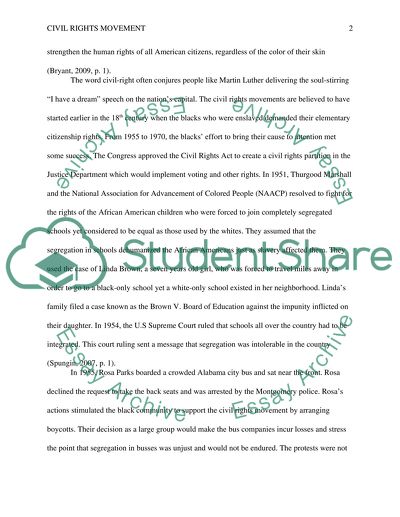Cite this document
(“Civil liberties Term Paper Example | Topics and Well Written Essays - 1750 words”, n.d.)
Retrieved from https://studentshare.org/history/1469853-civil-liberties
Retrieved from https://studentshare.org/history/1469853-civil-liberties
(Civil Liberties Term Paper Example | Topics and Well Written Essays - 1750 Words)
https://studentshare.org/history/1469853-civil-liberties.
https://studentshare.org/history/1469853-civil-liberties.
“Civil Liberties Term Paper Example | Topics and Well Written Essays - 1750 Words”, n.d. https://studentshare.org/history/1469853-civil-liberties.


